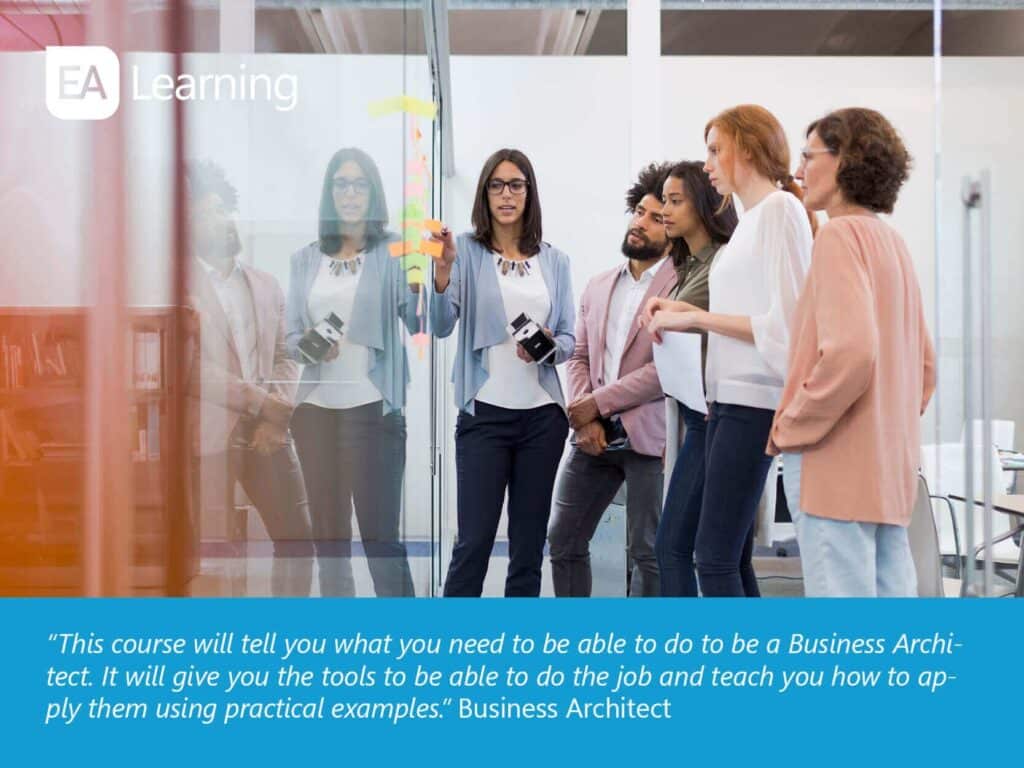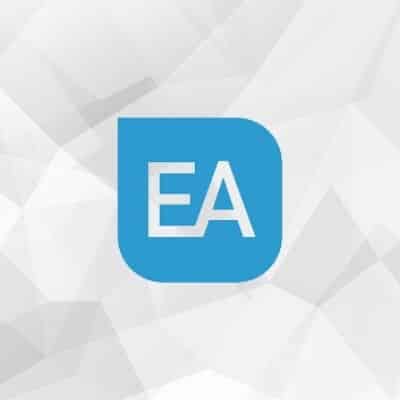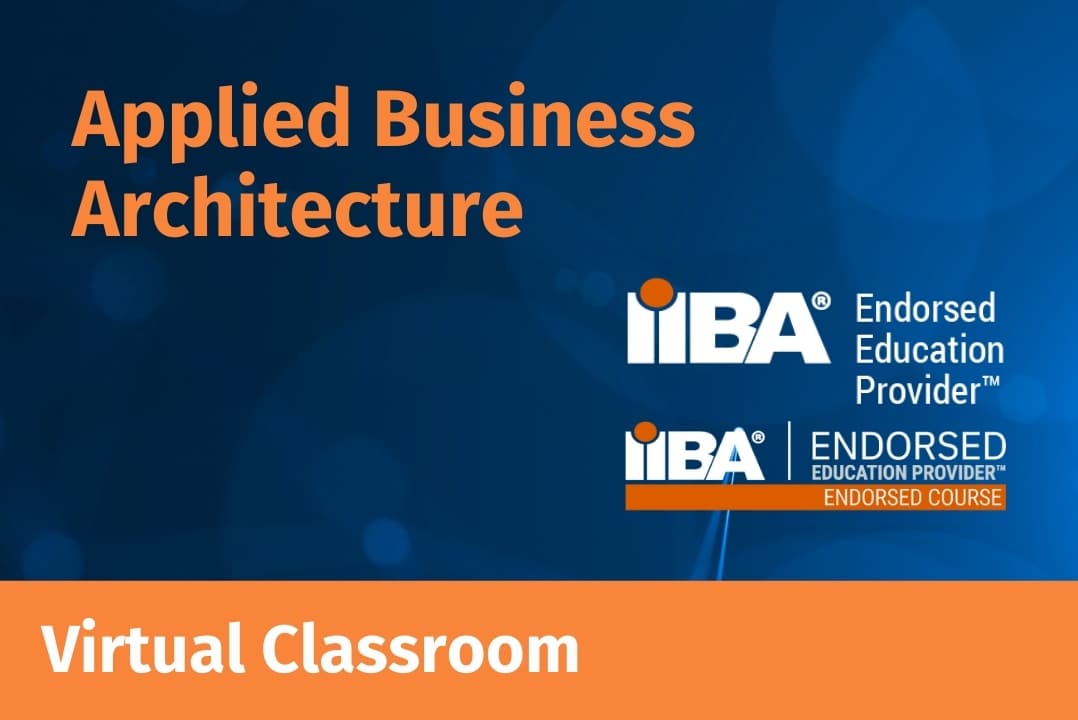Business Architecture aligns execution with strategy and creates a clear prioritisation process for investments. Business architecture is much harder to implement than most imagine. Very few managers can describe the connection between top-line strategies and the work their organisation performs. It takes an organised and concerted effort to turn high-level strategy into meaningful action.
EA Learning’s goal is to assist professionals in bridging the gap between strategy and execution by empowering them with the confidence and skills to drive transformative change.
Among the skills we teach are best practice frameworks, methods and techniques in Enterprise Architecture and Business Architecture. Our Applied Business Architecture and TOGAF® Enterprise Architecture: Foundation & Practitioner courses offer a unique blend of foundational knowledge, practical evaluation, and active engagement with real-world experts designed to align action with strategy.
When applied and executed correctly Business Architecture can bridge the gap between strategy and execution. Below we take a look at some of the most frequent questions surrounding Business Architecture Methodology and Enterprise Architecture Methodologies.

What is Business Architecture?
Business Architecture defines the business strategy, governance, organisation and key business processes. People who develop and maintain business architecture are known as business architects. Business Architecture primarily focuses on the business motivations, business operations and business analysis frameworks and related networks that link these aspects of the enterprise together.
Business Architecture Methodology
Business Architecture aligns execution with strategy and creates a clear prioritization process for investments. Business architecture is much harder to implement than most imagine. Very few managers can describe the connection between top-line strategies and the work their organisation performs. It takes an organised and concerted effort to turn high-level strategy into meaningful action. The EA Learning Applied Business Architecture training course covers an end-to-end Business Architecture methodology designed to align action with strategy.
What is Enterprise Architecture?
An enterprise architecture (EA) is a conceptual blueprint that defines the structure and operation of an organisation. The intent of an enterprise architecture is to determine how an organisation can most effectively achieve its current and future objectives.
Enterprise Architecture Methods
Firstly, it is important not to confused Enterprise Architecture Methodologies with Enterprise Architecture Frameworks. Enterprise Architecture Methods are a structured collection of techniques which can be used to guide processes to achieve a particular goal.
The Architecture Development Method, often referred to by its abbreviation as the ADM is a detailed step-by-step process for developing or executing an Enterprise Architecture.
The Open Group Architecture Framework (TOGAF) is an Enterprise Architecture Framework that enables you to design, evaluate, and build the right architecture for your organisation. TOGAF is a high level and holistic Enterprise Architecture approach to design, which is typically modeled at four levels: Business, Application, Data, and Technology.
The TOGAF ADM is an Enterprise Architecture method that is the result of continuous contributions from a large number of architecture practitioners. It describes a method for developing and managing the lifecycle of enterprise architecture, and forms the core of TOGAF. It integrates elements of TOGAF described in this document as well as other available architectural assets, to meet the business and IT needs of an organisation.
How can I learn to implement Business Architecture?
Discover the transformative power of Business Architecture with EA Learning’s immersive 3-day Applied Business Architecture course! Through storytelling, business modeling and visualisations, you will gain a comprehensive understanding of how to apply business architecture concepts and techniques to build a resilient and adaptive enterprise.
By using the narrative of an executive, we help you identify answers to typical business questions such as:
- Where are my hotspots and pain points?
- Is my strategy aligned with business operations focus areas?
- How can I adjust my resources to improve my return on investment?
By using structured and proven methods, we help you approach transformation from current to desired state. We guide the business architecture by using the strategic planning questions of: Where are we now? Where do we want to get to? How do we get there?
Read more about our Applied Business Architecture course and see all of our upcoming scheduled dates.
The significant theme for the TOGAF® Standard, 10th Edition
The TOGAF® standard, 10th Edition is a paradigm shift from the TOGAF Standard, Version 9.2 integrating universal concepts, proven best practices and emerging ideas.From Monolith to Micro Services:
As part of The Open Group’s evolution ‘from universal to unique’ the one monolithic document from the TOGAF Standard, Version 9.2 has become six separate documents known as the Fundamental Content (the universal concepts). Also included are 20 series guides, which will grow over time, for specialist content (best practice). This speaks to specific types of architecture, for example Applying the TOGAF ADM using Agile Sprints or Integrating Risk and Security within a TOGAF Architecture. Finally, the introduction of bodies of knowledge (BOK) for different learning outcomes including Enterprise Architecture, Business Architecture, Specialist, Leader. It is noted that more will follow to enable differing learning pathways.
Did you know – 98% of attendees who complete our instructor-led course pass their exams! Read more about our TOGAF® EA – Foundation and Practitioner course and see all of our upcoming scheduled dates.
While the above is a brief, simplified outline of Business Architecture, Enterprise Architecture and the Frameworks and Methodologies used, we encourage you to contact us via the below form with any additional questions or comments you may have.



 3 day course
3 day course